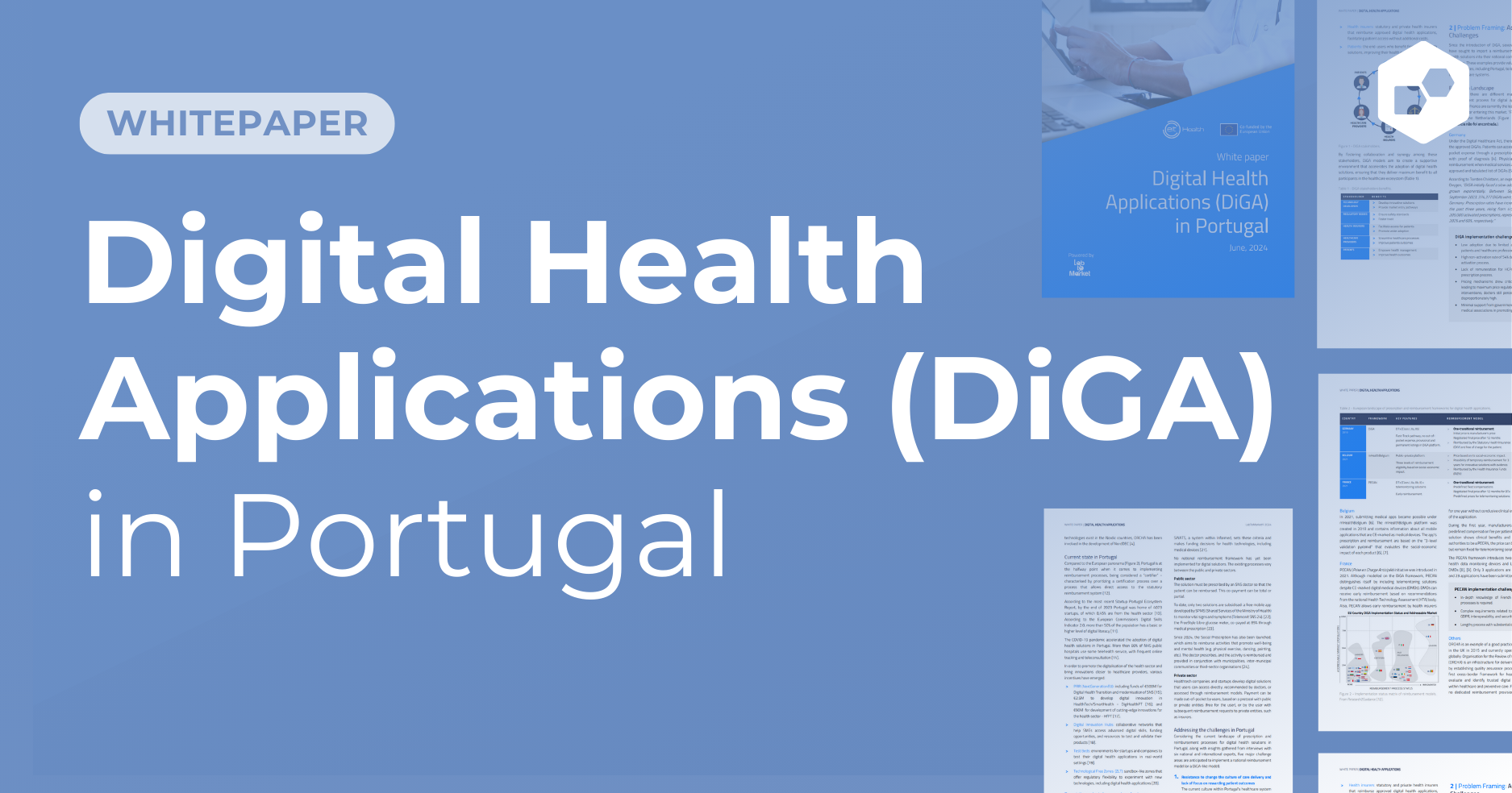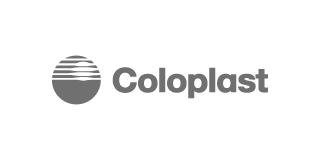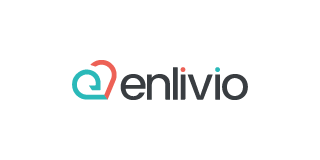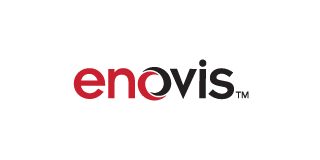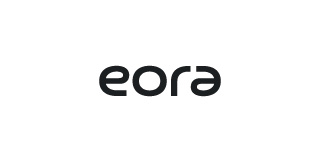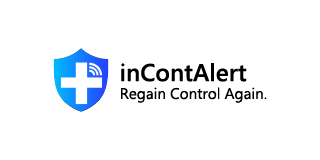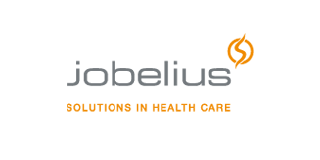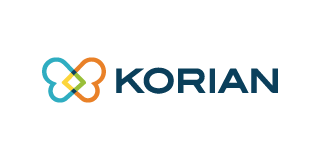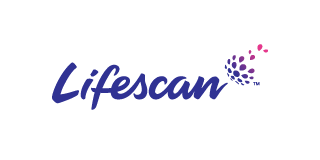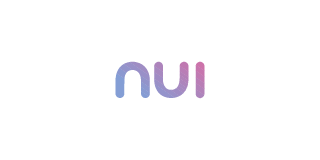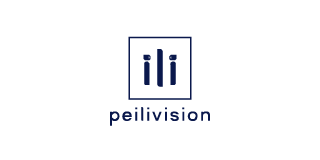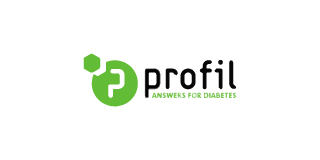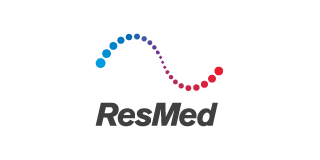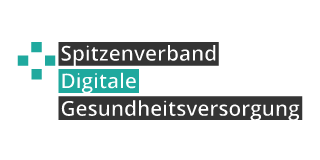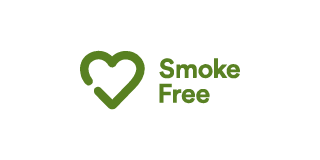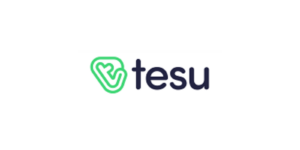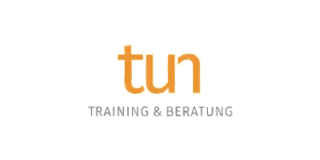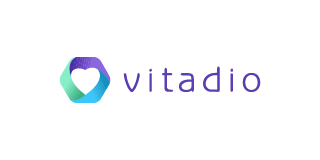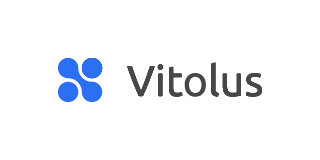6 Insights on “PECAN” by Vincent Erdmann
01: What exactly is PECAN, and why is it relevant for DiGA manufacturers?
![]() Vincent Erdmann: PECAN, which translates to “Early Access to Reimbursement for Digital Medical Devices”, is France’s initiative aimed at advancing the digital health sector. Essentially, it’s the French equivalent of the German DiGA fast-track process. PECAN allows digital therapeutics (DTx) and telemonitoring solutions to be reimbursed by the French statutory health insurers while still preparing their final clinical evidence. For DiGA manufacturers, this presents a great opportunity to expand their presence to the French market. This is especially the case as clinical evidence generated in France is not necessarily required to be PECAN-eligible.
Vincent Erdmann: PECAN, which translates to “Early Access to Reimbursement for Digital Medical Devices”, is France’s initiative aimed at advancing the digital health sector. Essentially, it’s the French equivalent of the German DiGA fast-track process. PECAN allows digital therapeutics (DTx) and telemonitoring solutions to be reimbursed by the French statutory health insurers while still preparing their final clinical evidence. For DiGA manufacturers, this presents a great opportunity to expand their presence to the French market. This is especially the case as clinical evidence generated in France is not necessarily required to be PECAN-eligible.
02: Does this mean that all DiGA manufacturers who have already finalized their evidence generation can immediately apply for PECAN listing in France?
![]() Vincent Erdmann: Unfortunately, it is not that simple. But let’s start with the good news: especially for permanently listed DiGAs, it is usually possible to achieve PECAN-eligibility with moderate effort.
Vincent Erdmann: Unfortunately, it is not that simple. But let’s start with the good news: especially for permanently listed DiGAs, it is usually possible to achieve PECAN-eligibility with moderate effort.
While the DiGA core functionality can typically be retained, adapting the product is still necessary as technical requirements for PECAN differ in several parts from those for DiGA. Personal health data of French patients can for example only be hosted by cloud service providers that hold the French Health Data Hosting (HDS) certificate.
Also on the evidence side, DiGA manufacturers will need to do some work before submitting their PECAN application. If the clinical evidence has been collected outside of France, manufacturers need to justify why the positive healthcare effect would also apply in the French healthcare system. Additionally, a PECAN application can only be submitted if the manufacturer is still involved in an ongoing study. Otherwise, the only option would be an application for permanent listing via the List of Reimbursable Products and Services (LPPR). However, this is less favorable, as the LPPR admission process takes significantly longer than the PECAN process. Therefore, DiGA manufacturers who have already completed their randomized controlled trial (RCT) will need to establish an additional study to be PECAN-eligible. The good news, again, is that it doesn’t have to be another large-scale RCT – a smaller observational study can also suffice.
03: So there are some differences in terms of technical requirements and evidence requirements. Where else are differences between PECAN and DiGA?
![]() Vincent Erdmann: PECAN is open to medical devices of all risk classes, allowing for a wide range of different use cases. Here in Germany, only medical devices of the lower risk classes I and IIa can apply for DiGA listing. The DigiG, the latest digitization bill by the German Federal Ministry of Health, is intended to change that and extend the DiGA scope to risk class IIb. However, the bill still needs to pass parliament and likely won’t be in effect before early 2024.
Vincent Erdmann: PECAN is open to medical devices of all risk classes, allowing for a wide range of different use cases. Here in Germany, only medical devices of the lower risk classes I and IIa can apply for DiGA listing. The DigiG, the latest digitization bill by the German Federal Ministry of Health, is intended to change that and extend the DiGA scope to risk class IIb. However, the bill still needs to pass parliament and likely won’t be in effect before early 2024.
The addition of risk class IIb would also allow telemonitoring solutions to become DiGAs. So far, the focus of DiGA has been purely on DTx solutions. This is another significant difference compared to PECAN. From the outset, PECAN has been designed with a strong emphasis on telemonitoring. France already has an established telemonitoring reimbursement scheme, and thus, the majority of PECAN applications have been submitted by manufacturers of telemonitoring solutions.
Another likely difference between PECAN and DiGA will be the pricing scheme. While DiGA manufacturers can, within certain limits, freely determine their price for the first year of listing, PECAN will likely employ a fixed pricing scheme. However, as of now (Mid-September ’23), the pricing decree for PECAN is still under negotiation.
04: If PECAN pricing is not yet clear, shouldn’t DiGA manufacturers wait for the respective decree and more first-hand experiences with the process before concerning themselves with PECAN?
![]() Vincent Erdmann: I don’t think so. On the one hand, because the pricing decree is going to be released soon. In addition, PECAN prices will likely not be significantly below negotiated DiGA prices. On the other hand, even established DiGA manufacturers will need to put in some work to become PECAN-eligible, as mentioned before. Hence, it can make a lot of sense to already start working on PECAN today.
Vincent Erdmann: I don’t think so. On the one hand, because the pricing decree is going to be released soon. In addition, PECAN prices will likely not be significantly below negotiated DiGA prices. On the other hand, even established DiGA manufacturers will need to put in some work to become PECAN-eligible, as mentioned before. Hence, it can make a lot of sense to already start working on PECAN today.
We even see a first-mover advantage for manufacturers that apply early. The current situation in France is similar to the one here in Germany three years ago when the DiGA directory started. DiGA candidates that applied at that time had it much easier than DiGA candidates today. The reasons are manifold: formal requirements at that time were lower than they are today, but also BfArM’s review was less strict and there was political interest in having first DiGAs listed to show that the newly created concept is a success.
Of course, being a first mover also comes with challenges. Just like in Germany three years ago, the manufacturers of the first PECAN applications will need to put significant effort into market education.
05: Are there at least some first-hand experiences with the process that early movers can take into consideration?
![]() Vincent Erdmann: Yes, there are. Oncology application Cureety is the first digital medical device that has received positive feedback from both the Haute Autorité de Santé (HAS) and the Agence du Numérique en Santé (ANS) on their PECAN application. They received the feedback already in early August.
Vincent Erdmann: Yes, there are. Oncology application Cureety is the first digital medical device that has received positive feedback from both the Haute Autorité de Santé (HAS) and the Agence du Numérique en Santé (ANS) on their PECAN application. They received the feedback already in early August.
The creation of Cureety’s PECAN dossier for HAS was supported by our French partner consultancy MedConsult. They also accompanied the intense review process in which HAS came back with numerous questions on the dossier.
MedConsult can share more first-hand insights on this experience in our joint “PECAN Bootcamp”. We introduced the bootcamp together with MedConsult and our other French partner company MD101 to make it easier for DiGA manufacturers to understand if PECAN is an opportunity for them, and what they can expect when entering the French market. In the bootcamp, we detail how the PECAN process works and where the challenges and existing ambiguities lie. We also cover the LPPR process, which starts for every DTx-manufacturer six months after the PECAN listing.
Once everyone has a good understanding of the underlying process, we jointly assess the digital health application and its associated evidence to determine the gaps that need to be addressed before the PECAN application. The results therefore build the perfect basis to decide on whether and how to approach the PECAN track.
06: How do you see the future of PECAN and digital health in France?
![]() Vincent Erdmann: I’m very optimistic. France is currently investing 2 billion euros in digitizing its healthcare system. PECAN is a clear signal that the French government is serious about this. As I’ve said before, not all details about PECAN are yet clearly defined, but that is only a matter of time. Cureety will only be the first of many digital medical devices to be reimbursed under PECAN. And I am sure that we are soon going to see the first DiGAs launching in France via the PECAN track.
Vincent Erdmann: I’m very optimistic. France is currently investing 2 billion euros in digitizing its healthcare system. PECAN is a clear signal that the French government is serious about this. As I’ve said before, not all details about PECAN are yet clearly defined, but that is only a matter of time. Cureety will only be the first of many digital medical devices to be reimbursed under PECAN. And I am sure that we are soon going to see the first DiGAs launching in France via the PECAN track.
More information on PECAN, click here.



